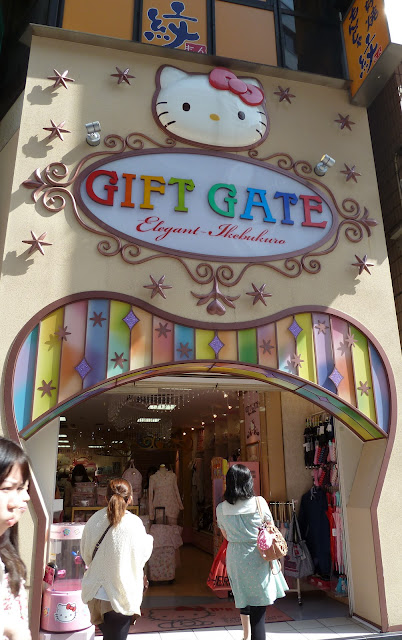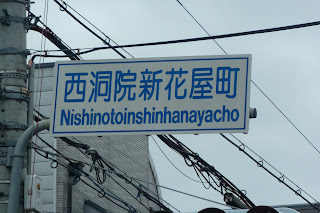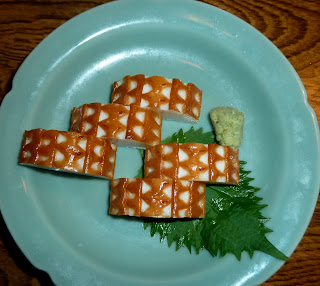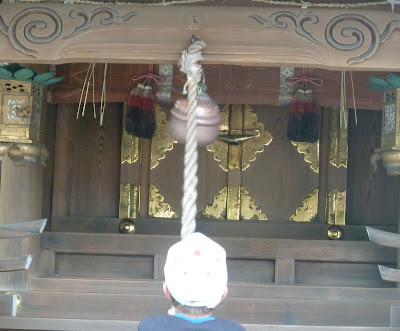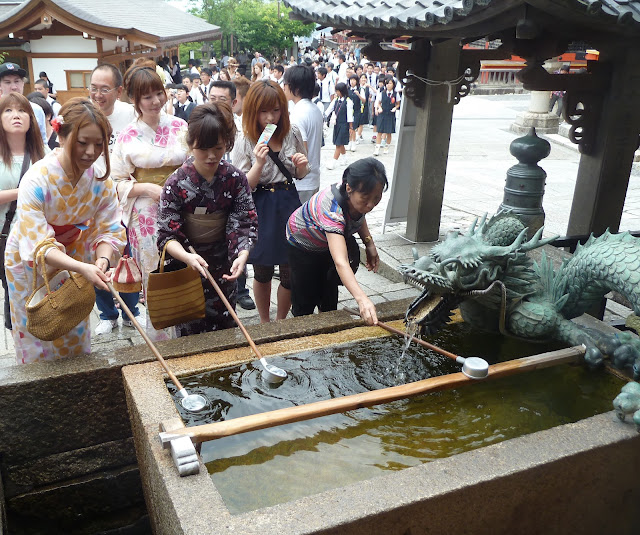Dillard's department store was the only place in town to buy Hello Kitty. They had a corner of their children's department decorated top to bottom with all the teeny-tiny red and white Hello Kitty toys my heart could desire and my mother could forbid. I don't know why Mom didn't want me to have Hello Kitty toys. Surely not because they were unworthy toys. I'm going to guess expense. (But how much could one small piece of plastic cost, after all?) I am sure I must have had some, but in my mind, I mostly had none. Elaine seemed to have them all, and she was nice enough to share. I remember being particularly taken with small Hello Kitty erasers and note pads.
Fast forward a few decades, and suddenly Target began to carry Hello Kitty. Lots of Hello Kitty. Though it seemed like magic, I suspect the onslaught of Hello Kitty products is simply proof that Target has pioneered the science of psycho-social marketing research. They know what women like me want before we want it, and they know how to get us to buy it. (For more on this, see The Power of Habit by Charles Duhigg and Going Broke by Stuart Vyse) Perhaps this is why I am a grown woman who has been known to wear a hot-pink Hello Kitty t-shirt with glitter (until it all washed off) in public. Even to my kids' schools. It's the only piece of glitter clothing I ever owned, and I loved it. To death. (I don't even like glitter.) Then I bought fluffy HK slippers. Clearly Target's marketing department was winning. Enlightened consumer that I long to be, I now try to keep the love in check. I get my fill buying HK for birthday presents when possible. A couple of girls I know even indulge my weakness by showing off their new HK acquisitions whenever I visit.
Yet here I am in Tokyo, Hello Kitty Mecca. There is no Target in sight. The HK love is strong, and I am weak. I managed to wait a month before making my pilgrimage, but one sunny day this week, I packed up for an afternoon of adventure and took my boys to the Ikebukuro neighborhood to visit THE Hello Kitty store: Gift Gate, Elegant Ikebukuro.
Of course, I didn't immediately tell the boys where we were going. I didn't have time to deal with mutiny. However, it didn't take long for them to catch on and accuse me of torture. Here's a prime example of the torture:
I made them walk up these pink and gold stairs to the second floor, where I shopped for a few gifts for girls back home. They were not amused. I was. The store was two floors of Hello Kitty mania:
 | ||||||||||
| Hello Kitty, I'm a fan! |
 | |||||
| This is a Hello Kitty shop girl. Note the dress; it's got the HK bow on it. Cute sells. |
Proof of marketing geniuses at work: HK reading glasses (no, I don't need them, yet) and HK slippers (very big in Japan, since no one wears shoes inside and everyone has slippers)
In the end, I was proud of myself. I bought three gifts and nothing for myself. Truly, there wasn't even anything there I wanted. Checking out the goods was good enough. But the Rilakkuma store...that's a different story for a different day.

